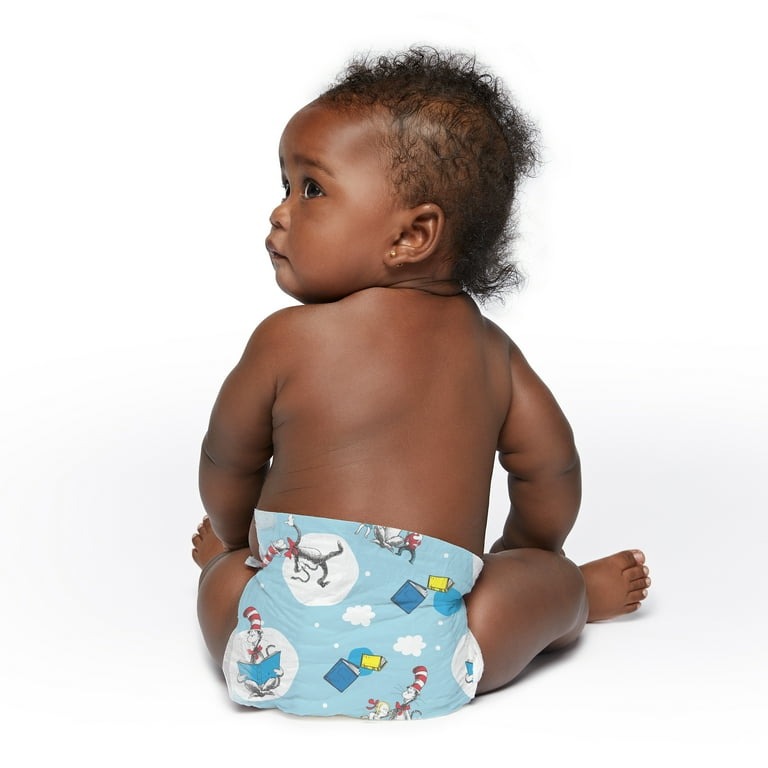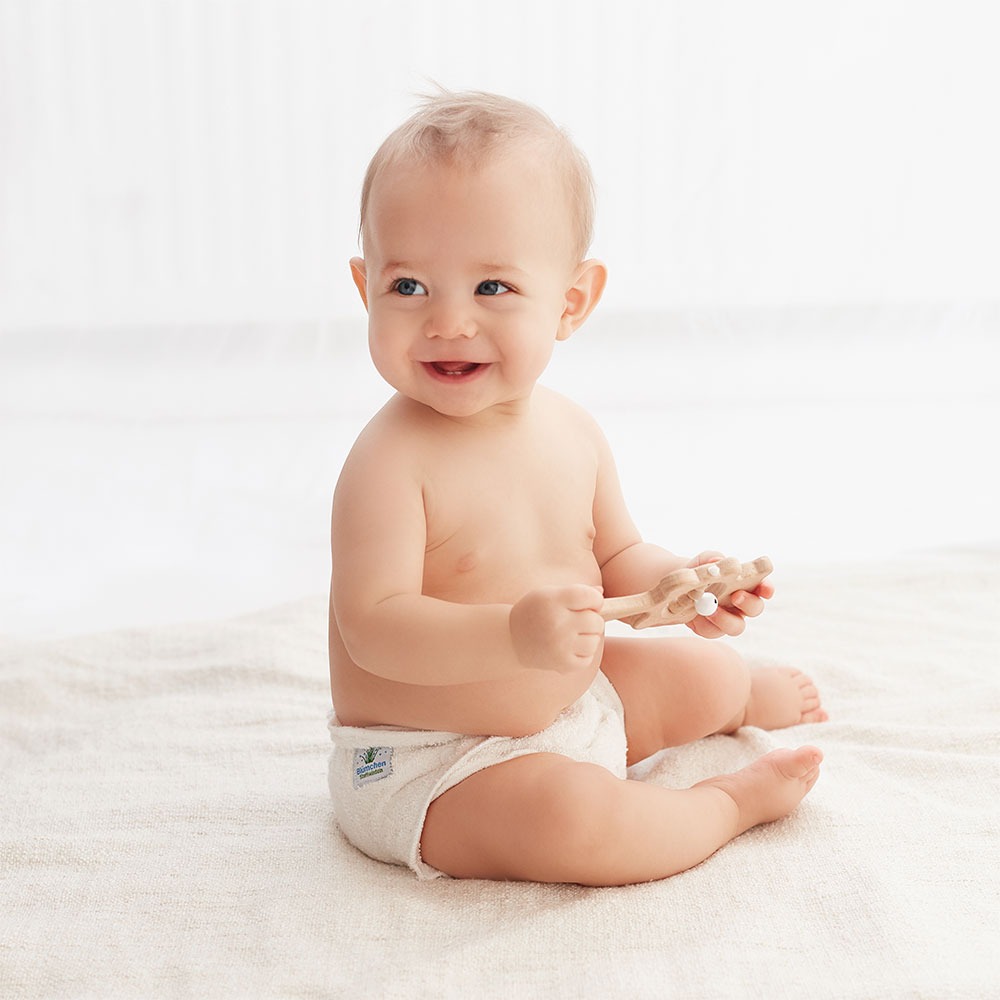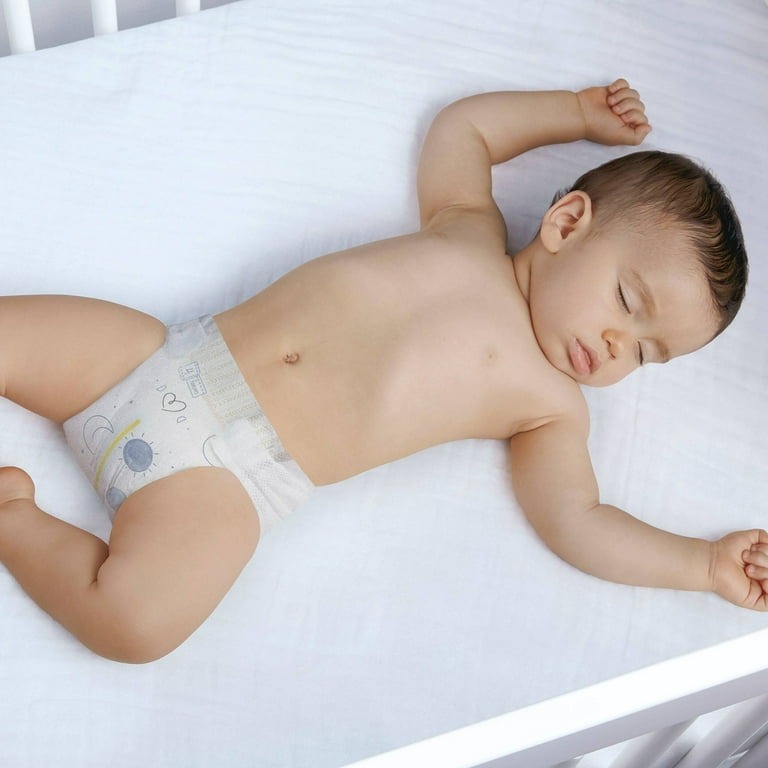Physical Address
304 North Cardinal St.
Dorchester Center, MA 02124
Physical Address
304 North Cardinal St.
Dorchester Center, MA 02124

Understanding your newborn’s diaper needs is crucial to ensuring they are healthy and well-hydrated. In the early stages of life, diapers are a reliable indicator of a baby’s fluid intake and digestive health. New parents often wonder about how many wet diapers for a newborn are normal.
A newborn’s diaper use may vary from day to day, but there are general patterns to look for. In the first few days, a newborn might have only a few wet diapers as they are consuming small amounts of colostrum. This is the first milk that is rich in nutrients and antibodies. As milk volume increases, the number of wet diapers will typically rise too.
By keeping track of diaper changes, you can get a sense of whether your baby is getting enough to eat and drink. It’s important to note that babies should have at least six to eight wet diapers a day by the end of the first week. This shows that they’re getting plenty of fluids. If your baby is not reaching this number, it can be a sign that they may not be getting adequate hydration or nutrition.
Monitor wet diapers closely. Use the wet diaper count as a gauge for your baby’s well-being. If you’re concerned about their diaper output, don’t hesitate to reach out to your pediatrician for advice. Keeping an eye on the number of wet diapers will help ensure that your newborn is on track for healthy development.

The first 24 hours after giving birth are a unique time for your newborn. During this initial period, a baby may have only one or two wet diapers. This is normal, as the baby’s intake is mostly colostrum, the nutrient-rich first milk. Colostrum is produced in small amounts, which aligns with the newborn’s tiny stomach capacity. Despite the lower number of wet diapers, the quality of this early milk supports your baby’s immune system and prepares them for more feeds.
Here are key points to keep in mind about diaper output during the first day:
It’s a period of adjustment for your newborn, so minimal diaper changes are typically nothing to worry about. However, always communicate with your pediatrician if you have concerns about how many wet diapers for newborn are normal or your baby’s health overall.
After the first day, diaper changes become more frequent. From days 1 to 5, you can expect an increase in both wet and dirty diapers. This uptick is a sign your newborn is feeding more and starting to digest breast milk or formula. Here’s what to track:
Keep a log of how many wet diapers for newborn each day. This helps you spot any unusual patterns. Regular bowel movements along with increasing wet diaper count indicate proper nutrition and hydration. If your baby’s wet diapers do not increase as expected, consult your pediatrician. Remember, each baby is unique, and some variation is normal, but it’s vital to keep an eye out for steady progress.

From day 6 onwards, the pattern of newborn diaper output often changes significantly. As your baby grows, their digestive system becomes more active and efficient. This leads to a noticeable shift in both the quantity and consistency of wet and dirty diapers. Here’s what you should expect:
It’s crucial to continue tracking how many wet diapers for newborn. This practice helps you to ensure that your baby is well-hydrated and getting enough to eat. Variations are normal but look for consistent patterns that align with these general expectations.
If the number of wet or dirty diapers suddenly drops or if you notice any significant changes, it might be time to consult your pediatrician. They can provide guidance and check if there are any underlying issues. Keep in mind that maintaining an accurate diaper log is a simple yet effective way to monitor your newborn’s health.
While tracking how many wet diapers for a newborn is a routine part of infant care, there are times when the diaper count may signal a need for concern. Here are instances that necessitate a closer look:
It’s important to remember that while variations in diaper count are normal, a consistent decrease or any of the above signs should prompt you to seek advice from your pediatrician. They can help you determine whether there’s cause for concern and what steps to take next. Proactive attention to how many wet diapers for newborn babies can ensure they remain hydrated and healthy.

Understanding the link between your newborn’s feeding habits and their diaper output is essential. Feeding plays a crucial role in determining how many wet diapers for newborn are normal. When newborns are well-fed, they produce more wet diapers, reflecting adequate hydration.
Here are critical points illustrating the impact of feeding on diaper output:
Feedings are not just about the quantity but also the quality of food and drink that your baby receives. Good feeding practices support your newborn’s growth and ensure that their diaper output remains an accurate health indicator. Keep a record of feeding times and amounts as well as how many wet diapers for newborn are produced to maintain a comprehensive view of your baby’s well-being.
Always consult with your pediatrician if you notice any changes in feeding patterns or diaper output to address any potential issues early on.
Keeping your newborn hydrated and well-nourished is key to their health. Keeping an eye on how many wet diapers for newborn are produced is one way to help ensure they are getting enough fluids and nutrition. Here are the signs that point to good hydration and proper nutrition:
These indicators, in addition to the number of how many wet diapers for newborn, provide a good reference point for their overall well-being. If you observe any concerning changes, or signs suggest hydration or nutrition issues, reaching out to your pediatrician is crucial. They can offer expert advice and ensure your baby’s needs are being met.
While tracking how many wet diapers for a newborn is important, knowing when to seek medical advice is just as critical. Pay attention to these diaper output red flags:
It’s better to be cautious and seek a pediatrician’s advice when these red flags appear. They can offer guidance, support, and any necessary treatment. Keep notes on diaper counts and any unusual symptoms to share with your healthcare professional. This will help them provide the best care for your newborn.